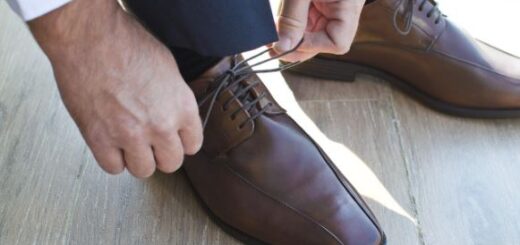Perfect Sandal Fit: Expert Tips for All-Day Comfort, Style, and Foot Support
When slipping into a pair of sandals, the last thing you want is discomfort ruining your day. A great fit doesn’t just feel good—it protects your feet from pain, prevents long-term issues, and ensures a confident stride. While sandals seem like the simplest footwear choice, getting the right fit involves more than just matching numbers on a size chart. Let’s explore what makes a pair of sandals truly fit your feet—and your lifestyle—perfectly.
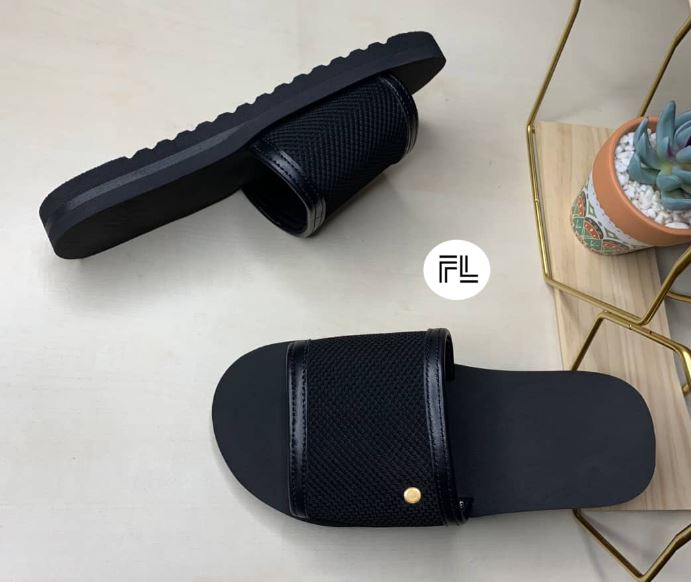
Measuring Your Feet the Right Way
The foundation of a well-fitting sandal starts with accurate measurements. Many people rely on old size assumptions, unaware that feet can change over time due to age, weight, or activity level. Moreover, it’s common for one foot to be slightly larger than the other, which can lead to discomfort if not accounted for.
To measure your feet at home, place a blank sheet of paper on a flat surface and stand on it. Use a pencil to trace around both feet. Measure the length from heel to toe and the width at the widest part. It’s important to measure both feet and use the larger of the two for sizing. These details are crucial when choosing sandals that will fit comfortably throughout the day.
Why Sandals Need Extra Fit Consideration
Unlike sneakers or boots, sandals offer minimal coverage and structure. Because of this, they rely heavily on a precise fit to stay secure without causing pressure or friction. A sandal that’s too large can cause your foot to slide forward, leading to stubbed toes or instability. One that’s too small might create pressure points or blisters, especially around the heel or toe area.
Sandals also don’t have the same support systems as enclosed shoes. This means the fit plays an even bigger role in keeping your feet aligned and supported as you move. An ideal sandal should have just enough space to prevent constriction but still hug your foot snugly in all the right places.
The Core Elements of a Comfortable Sandal
Comfort in sandals doesn’t come from looks alone. Several structural features contribute to a sandal that feels great even after hours of wear. One key element is arch support. Whether you have flat feet or high arches, proper support helps reduce fatigue and prevents issues like plantar fasciitis.
Another crucial factor is cushioning. Quality sandals should include soft, shock-absorbing materials in the sole that reduce impact as you walk. Additionally, adjustable components—such as straps, buckles, or elastic panels—allow the sandal to be tailored to the unique shape of your foot.
Finally, a good sandal provides a balanced sole. It shouldn’t be too flat or too high, and it should offer enough traction to prevent slipping on different surfaces.
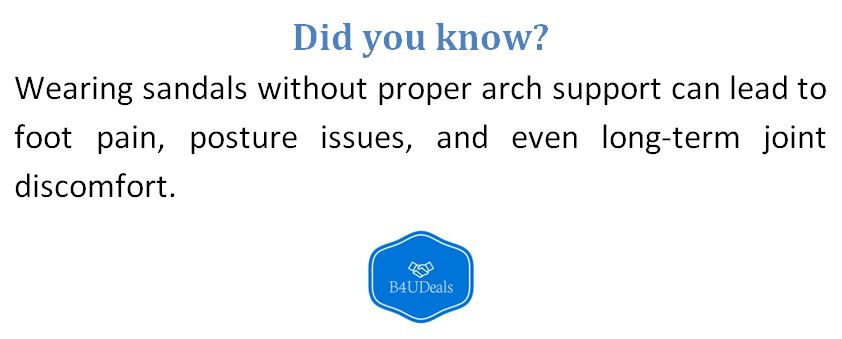
Different Types of Sandals for Various Needs
Just as you wouldn’t wear dress shoes to the gym, the type of sandals you choose should match your activity. A casual flip-flop might be perfect for lounging poolside, but it won’t offer the stability needed for a long walk through the city.
For people on the move, sport sandals with secure straps and firm soles are ideal. These typically include extra grip, arch support, and padding. On the other hand, fashion sandals focus more on aesthetics and may lack support. These are best reserved for short-term use or low-activity settings.
Waterproof sandals made of quick-drying materials work well for beach trips or wet environments. Meanwhile, leather or suede sandals are suited for dressier occasions where style and sophistication are important.
Matching Foot Shape with Sandal Design
Your foot shape plays a huge role in how a sandal fits. If you have a wide forefoot or bunions, look for sandals that offer a broader toe box or are specifically made for wide feet. High arches benefit from structured footbeds, while flat feet often need enhanced arch support and cushioning.
It’s also worth considering the heel area. Some people have narrow heels and may struggle with sandals that slip off when walking. In such cases, back-strapped sandals with a snug heel cup can provide added security. Adjustable features allow you to tweak the fit across the top of the foot or around the ankle for optimal comfort.
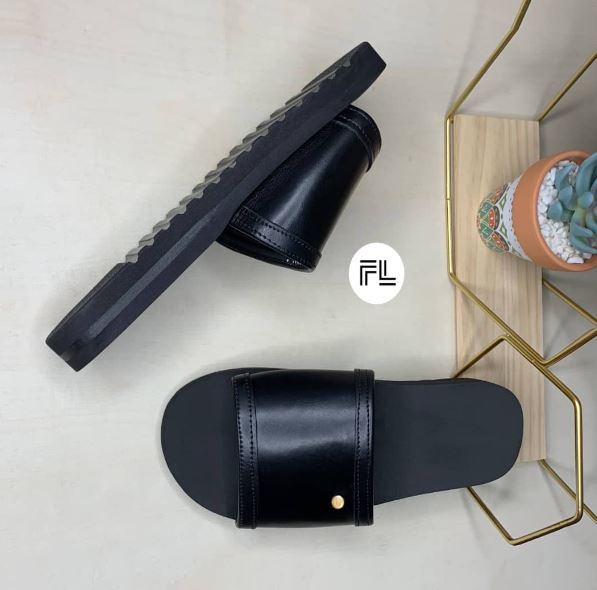
Why Custom Sandals Make a Big Difference
Customization in footwear has become increasingly popular, and sandals are no exception. Custom sandals offer a personalized solution for those with unique foot dimensions, orthotic needs, or simply a flair for individuality. When you’re able to design your sandals from the sole up, you get more than just a cool-looking shoe—you get footwear that’s built specifically for your needs.
At places like Shoe Zero, you can select everything from the base shape to the upper materials, colors, and even embellishments. You can incorporate custom text, logos, or graphics that reflect your personality, making your sandals not just functional but a personal fashion statement.
Custom-fit sandals can also help address foot pain and improve posture, especially when designed in consultation with orthotic experts. These tailored shoes often last longer, too, as they are built with higher-quality materials and greater attention to detail.
How to Pick the Right Sandals for Every Occasion
Choosing sandals goes beyond just fit and comfort—it’s also about function. Start by asking yourself what you’ll be doing while wearing them. Are you walking a lot, lounging, heading to a formal event, or exploring the outdoors?
For travel or sightseeing, opt for travel sandals that provide both comfort and durability. Adjustable straps and molded footbeds will keep your feet comfortable over extended periods. If you’re attending a summer party, dressy sandals with metallic finishes or leather accents might be a better match.
Those who spend time near water should prioritize sandals that are water-resistant and quick to dry. Look for rubber or EVA-based materials that can handle splashes without warping. If style is your main goal, consider sandals with fashion-forward elements like platform soles or artisanal textures.
Mixing style with function is totally possible—you just need to know what features matter most for your needs.
Sandal Style and Personal Expression
Sandals are one of the most expressive types of footwear. Their open design allows for creativity in color, pattern, and construction. Whether you prefer something bold and colorful or sleek and minimalist, there’s a sandal style that fits your personality.
Fashion-forward individuals may enjoy playing with shapes and designs, from asymmetrical straps to geometric soles. Earth-toned sandals made with natural materials like cork and leather cater to eco-conscious shoppers, while glam styles with rhinestones or metallic elements are great for special occasions.
And if you’re really looking to stand out, custom-designed sandals let you infuse your personal story right into your footwear—whether it’s your name, favorite quotes, or graphics that speak to your identity.
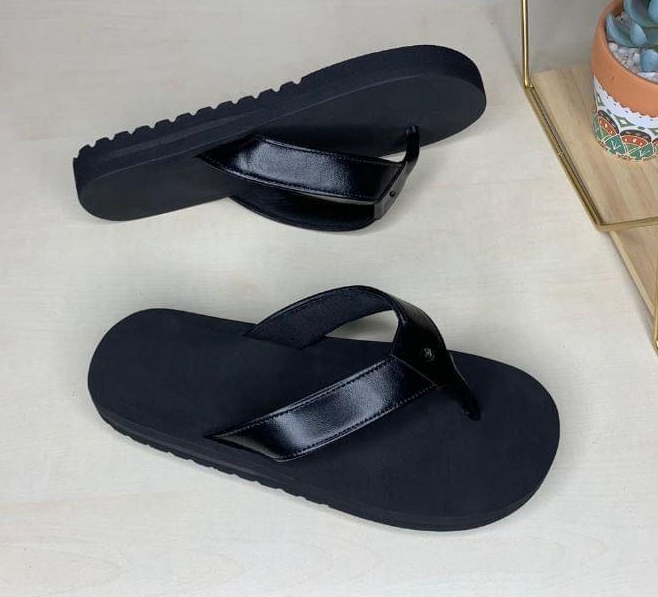
Proper Care Keeps Sandals Looking New
Good sandals deserve proper care, especially if you’ve invested in high-quality or custom-made ones. Basic maintenance ensures your footwear stays in good condition and provides lasting comfort.
Start by cleaning them regularly. Dust, dirt, and moisture can degrade materials over time. For leather sandals, use a specialized cleaner and condition them to prevent cracking. Synthetic materials can usually be wiped down with mild soap and water. Let them air dry completely—never put them in direct sunlight or use a dryer, as excessive heat can damage adhesives and materials.
During off-seasons, store sandals in a cool, dry place. Use shoe bags or boxes to prevent dust buildup and protect against humidity. Stuffing them with tissue paper can help retain their shape, especially if they have structured components like toe posts or heel counters.
Common Mistakes to Avoid When Buying Sandals
One frequent mistake is choosing sandals based solely on looks. While design is important, it should never come at the cost of comfort or functionality. Another error is ignoring the return or exchange policy, especially when buying online. Brands differ in sizing, and it’s smart to try them on in a clean, indoor space first.
Avoid sandals with poor traction if you plan to wear them on slippery or uneven surfaces. Also, steer clear of styles that offer no adjustability. Your feet can swell throughout the day, especially in warm weather, and having a way to loosen or tighten your sandals will be a lifesaver.
Lastly, don’t assume that sandals can “break in” like leather shoes. While materials may soften a bit over time, sandals that are uncomfortable from the start are unlikely to improve significantly.
Final Thoughts: The Right Fit Is Everything
A perfectly fitting sandal does more than make your feet feel good—it impacts your posture, your comfort throughout the day, and even your confidence. From getting accurate measurements to understanding what features suit your lifestyle, there’s a lot that goes into finding the right pair. Customization adds another layer of personal satisfaction, giving you the chance to own something truly unique.
Whether you’re hitting the beach, exploring a city, or attending a summer party, there’s a perfect sandal out there for you. Prioritize comfort, support, and style—and don’t forget to give your sandals the care they deserve.
The next time you slide into your sandals, make sure they fit just right. Your feet—and your future self—will thank you.



